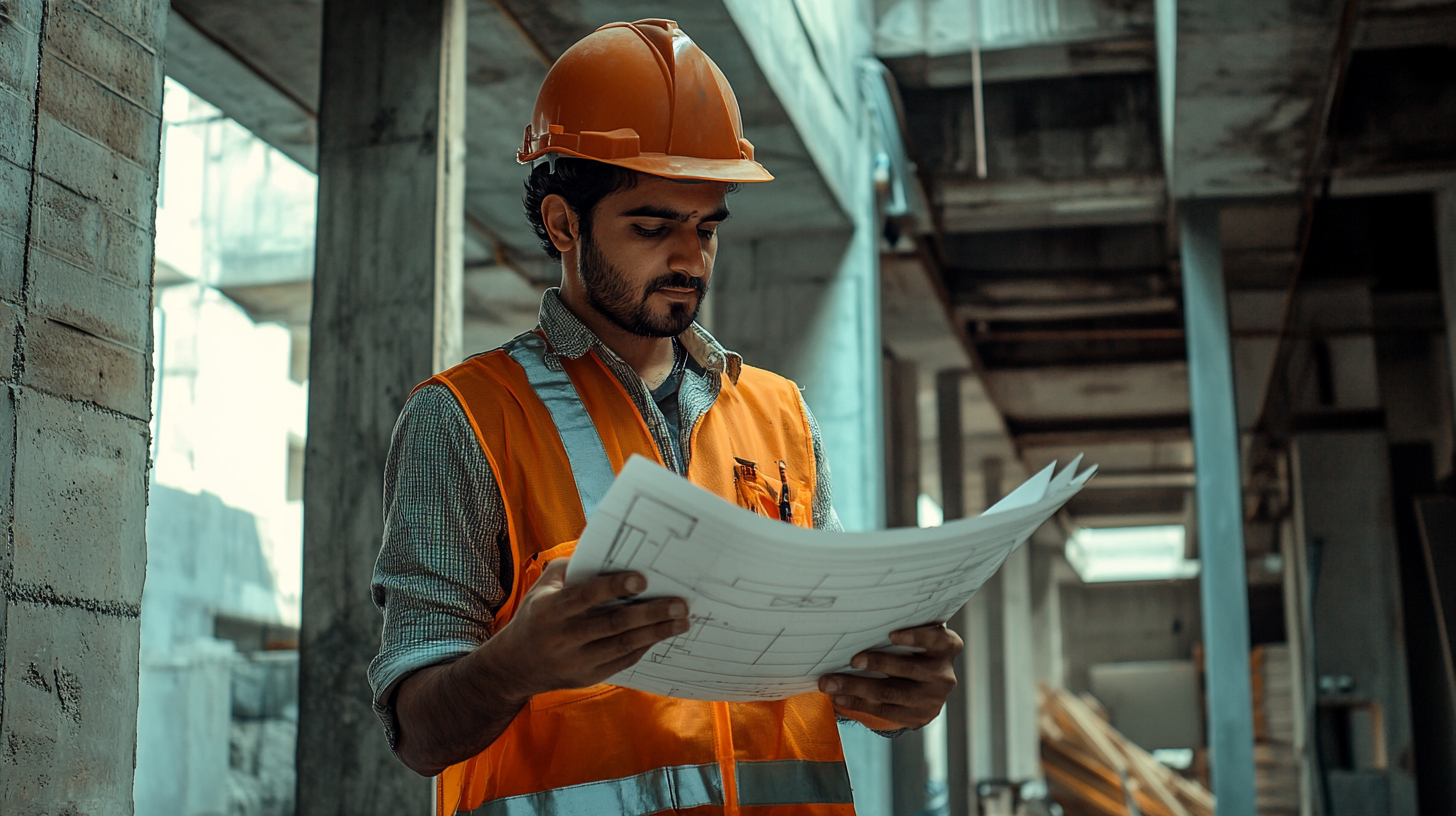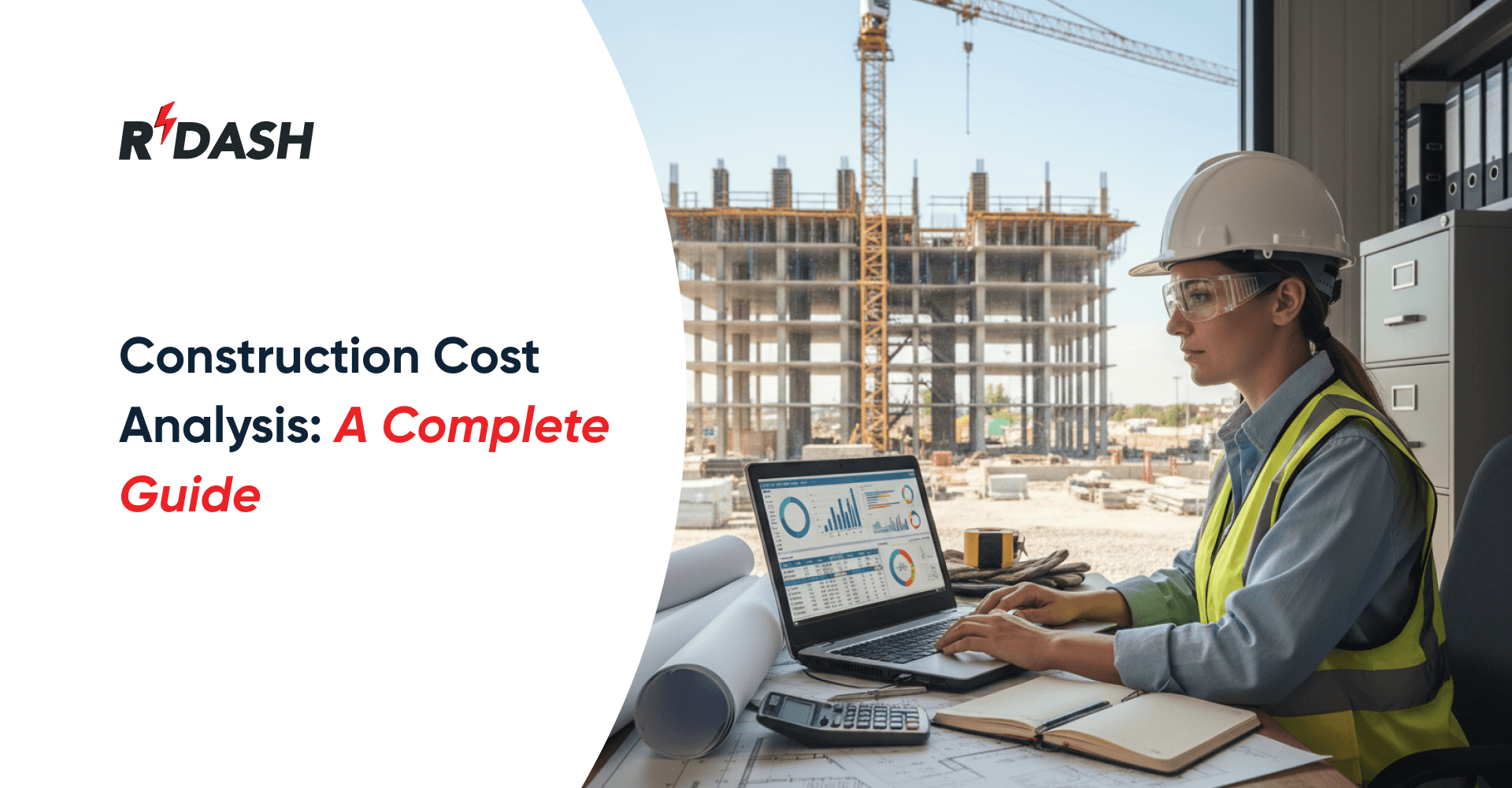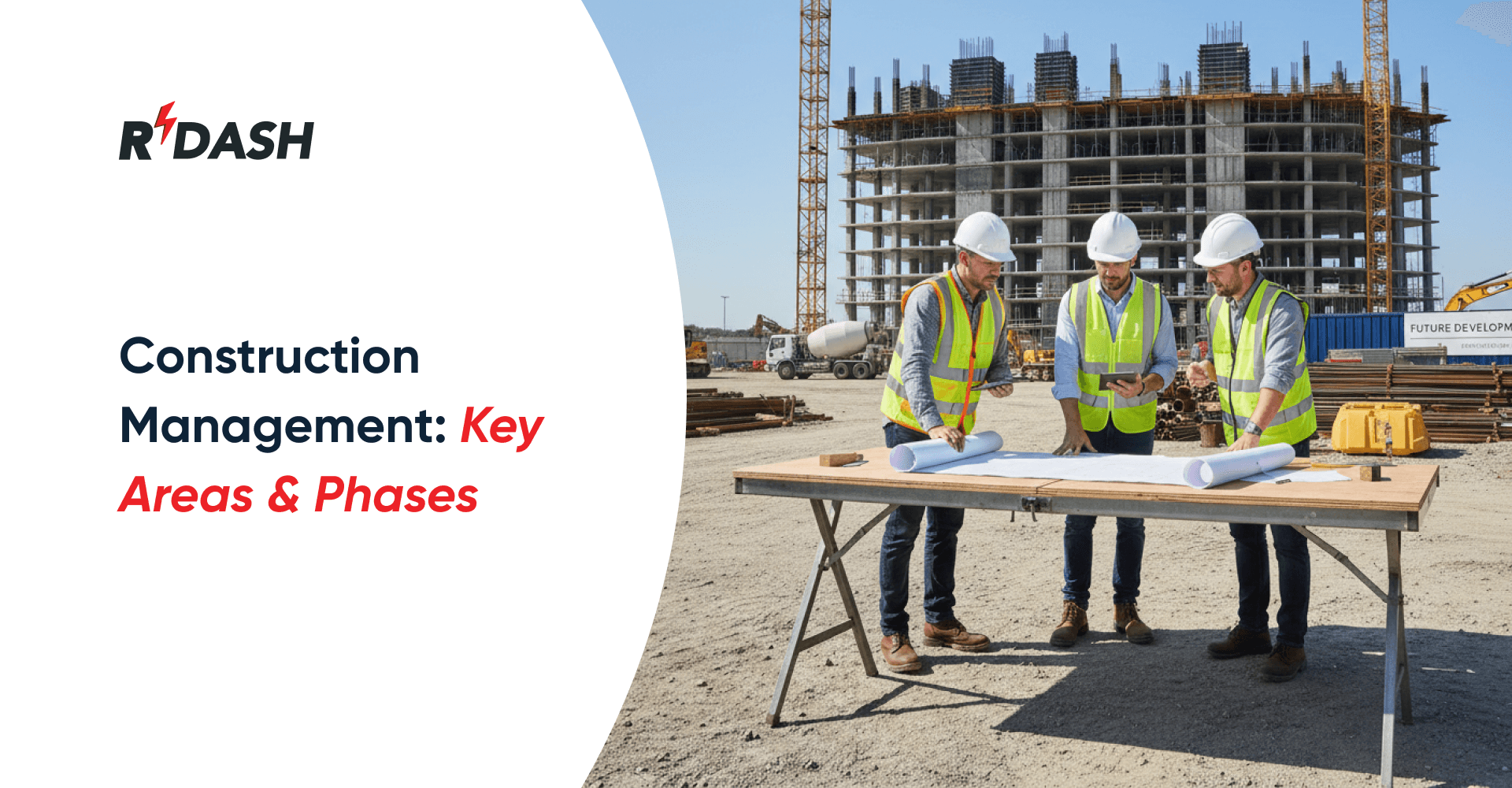What is Recce in Construction?
Recce, short for reconnaissance, is a preliminary survey or inspection of a construction site to gather essential information before starting any actual work. In construction, conducting a recce is crucial because it helps the team understand the site’s physical conditions, potential challenges, and overall feasibility for the proposed project. The goal of a recce is to assess the environment, spot potential risks, and collect data that will influence the project’s planning and execution phases. By conducting a thorough recce, project managers and stakeholders can better allocate resources, avoid surprises, and ensure the project stays on track.
A well-conducted recce allows teams to take a closer look at the site’s location, topography, access points, existing structures, and other relevant details. This information is invaluable in developing accurate project timelines, budgets, and strategies. It’s essentially a roadmap that helps the construction team make informed decisions from the outset.
Factors to Consider while doing Recce of a construction site
Inspections are essential in a construction project to ensure the work meets quality standards, stays safe, and follows timelines and regulations. Here are six crucial factors that inspectors need to focus on:
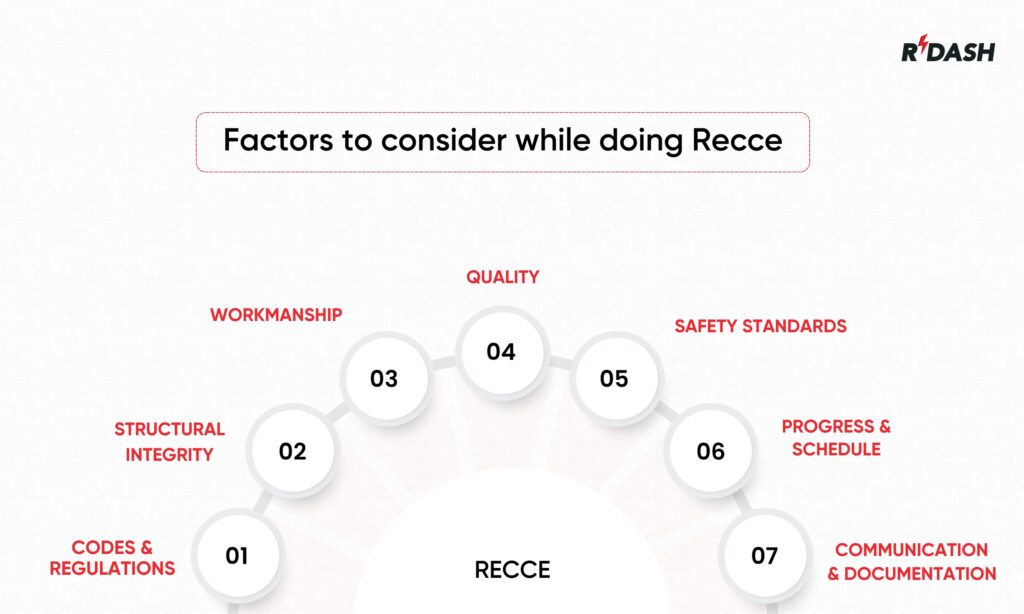
Compliance with Building Codes and Regulations
Ensuring that a construction project adheres to local building codes and regulations is essential for both legal compliance and the overall safety of the structure. Inspectors must thoroughly review the site to verify that everything, from the design to the final stages, aligns with zoning laws, safety standards, and structural guidelines. This process involves multiple inspections at various stages, such as during insulation installation or roof completion, to confirm that each part of the project meets regulatory requirements.
Structural Integrity
Structural integrity is a key focus for any construction project. Inspectors must assess critical structural components such as the foundation, framing, and load-bearing elements to ensure they are designed and built to support the anticipated stresses and loads. This includes verifying that the construction is in line with engineering specifications and is strong enough to withstand environmental factors like wind, earthquakes, or heavy loads. Ensuring the structural integrity of a building is vital to its long-term safety and stability.
Workmanship
Even with high-quality materials, poor workmanship can compromise the entire project. Inspectors must evaluate the quality of work being performed to ensure it meets the project’s standards and specifications. This involves checking installation techniques, precision, and overall craftsmanship to make sure that the construction is being executed correctly and will stand the test of time. Regularly inspecting workmanship helps catch mistakes early, preventing costly rework down the line.
Quality of Materials
The materials used in construction directly impact the durability and safety of the final structure. Inspectors need to verify that all materials used are of the right quality and fit for their specific purpose. This includes reviewing material certifications and conducting on-site tests when necessary. Verifying the quality of materials, such as concrete, steel, and insulation, helps prevent potential issues like premature wear or structural failures in the future.
Safety Standards
Safety is the most important concern on any construction site. Inspectors should carefully evaluate the site to ensure that proper safety protocols are being followed. This includes checking for potential hazards, verifying the correct use of personal protective equipment (PPE), ensuring scaffolding is secure, and confirming adherence to safety regulations such as those set by the Occupational Safety and Health Administration (OSHA). Regular assessments can prevent accidents and ensure a safer working environment for all involved.
Progress and Schedule
Staying on schedule is crucial for managing both time and budget effectively. Inspectors should monitor the progress of the construction and compare it against the established timeline. This involves verifying that milestones are being achieved as planned and identifying any delays or deviations from the schedule. By closely tracking progress, inspectors can help ensure the project remains on track, and potential setbacks can be addressed promptly.
Communication and Documentation
Clear communication and thorough documentation are essential for tracking the progress and quality of a construction project. Inspectors must ensure that all inspections, issues, and corrections are well-documented and communicated to the appropriate parties. Accurate record-keeping provides a reliable reference for future assessments, helps avoid misunderstandings, and ensures that everyone involved in the project stays informed. Regular reporting and documentation also support accountability, ensuring that problems are addressed promptly and project standards are consistently met.
By focusing on these key factors during inspections, construction teams can ensure that their projects are safe, compliant, and on track to be completed successfully.
Why every project needs effective Recce
A thorough recce is essential not only for the initial planning stages but also plays a significant role in fine-tuning the design process. By surveying every aspect of the construction site in detail, the recce provides vital information that directly influences and improves the design in various key ways:
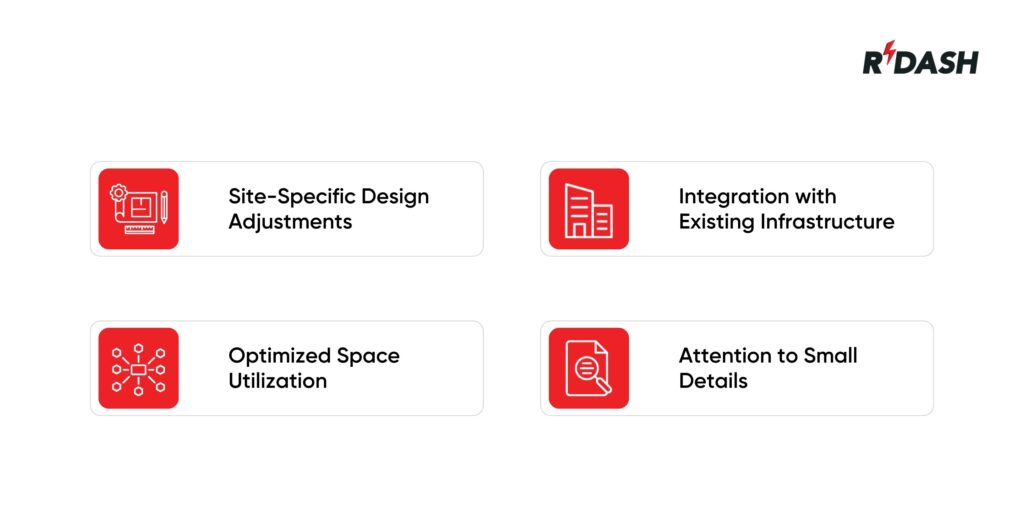
Site-Specific Design Adjustments
A recce helps customize the design to match the specific needs and features of the construction site. Precise measurements of the site allow architects and engineers to create a design that fits the available space perfectly.
Optimized Space Utilization
A recce allows the design team to make the best use of available space by analyzing every detail of the site, including the positioning of existing utilities, roads, and nearby structures. With this data, the design can avoid potential obstacles and ensure that the layout is practical and efficient. For example, knowing the exact location of utilities helps in designing the building in a way that optimizes functionality while minimizing unnecessary alterations during construction.
Integration with Existing Infrastructure
During the recce, the team surveys the site’s current infrastructure, such as water lines, electrical systems, and sewage connections. This information is crucial for integrating the building’s design with these existing systems. The design can be modified to ensure seamless connections to utilities without requiring major rerouting or additional work, saving both time and resources. If new installations are needed, the design can incorporate them efficiently from the start.
Attention to Small Details
Surveying every small detail of the site during a recce ensures that the design doesn’t overlook minor but potentially impactful elements. Addressing every detail during the design phase prevents unexpected challenges during construction and ensures that the project stays on schedule and within budget.

